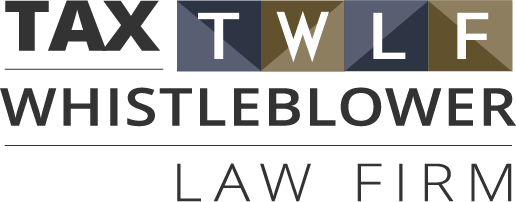Apple and its European Commission Troubles: hype or real transfer pricing liability for Apple
/Since June 2014, The European Commission (“EC”) (European Union's politically independent executive arm, made up of 1 commissioner from each EU country) has investigated Apple, and more specifically the tax authorities in Ireland, to determine if the Irish tax authorities followed the EU rules on state aid in issuing favorable tax rulings to Apple.
As explained in the Permanent Subcommittee on Investigations (PSI) report on Apple, Apple utilizes “key offshore subsidiaries incorporated in Ireland.” The reason Apple has utilized the Irish subsidiaries is that “Ireland has provided Apple affiliates with a special tax rate that is substantially below its already relatively low statutory rate of 12 percent,” generally negotiated with the Irish government to be at rates at 2% or less. See pg. 20.
Apple CEO Tim Cook, in his 60 minutes interview, has called the investigation “political crap” and has stated that “there is no truth behind it.” Mr. Cook has also stated in the same interview that “Apple pays every tax dollar we owe.”
Some news outlets (Bloomberg, Guardian) have stated that Apple could “be on hook for $8 billion in taxes”. Bloomberg calculated this figure by stating that if the EC terminates the Irish rulings for Apple, and requires Ireland to seek recourse tax payments from 2004-2012 on profits of $64.1 billion at a 12.5% rate, that would generate $8 billion in taxes owed by Apple to Ireland.
While other news outlets (Forbes and in a recent opinion piece in Forbes) has stated that Apple isn’t on the hook for $8 billion, but that the Irish government is being investigated and that the true amounts Ireland may request from Apple, assuming the EC rules against Ireland’s rulings favoring Apple, would be more in the $200 million range, and not the $8 billion figure used by Bloomberg. Mr. Worstall in the Forbes opinion piece states explains that the reason behind the lower figure is due to the structure employed by Apple, the Double Irish structure. He states that some profits can be taxable in Ireland and some profits are not taxable in Ireland, so the Bloomberg calculation, which treats the entire amount of profits ($64 billion) as taxable in Ireland is incorrect. Mr. Worstall explains that Bloomberg’s figure is wrong because it fails to account for transfer pricing even between Apple’s Irish entities, which might shield the non-Irish resident income from being taxed in Ireland.
Two noteworthy observations regarding Apple’s EC investigation are:
- If as Mr. Worstall states, the game is transfer pricing and the prices allocable between the various Irish entities, then what about the transfer price between Apple Inc. (the U.S. entity) and AOI (Apple’s primary Irish entity identified in the PSI hearings)? If the EC is examining whether the proper transfer pricing and applicable tax rates are at play, why isn’t the IRS examining Apple to determine if Apple used the proper transfer prices to shift the U.S. developed technologies and intellectual property to its offshore operations to pool an estimated $181 billion dollars offshore through the Irish entities instead of being taxed in the United States.
- Panama Papers part 2. Previously I blogged about the Panama Papers and whether U.S. corporations and individuals would be exposed. Give the exposure Apple has gotten over its use of Irish entities, and the knowledge that other companies and individuals have utilized offshore entities to grow their wealth, why hasn’t there been more disclosures of companies and individuals in the U.S. that have taken advantage of offshore entities. If PSI can expose Apple’s offshore structure, why couldn’t the IRS expose other companies’ offshore transfer pricing structure?
If you have specific and credible evidence of a corporation’s use of transfer pricing to avoid paying its tax liabilities you should consider filing a tax whistleblower claim. Contact us to see if your information would permit you to receive a 15-30% award of the amount of taxes, penalties and interest collected by the IRS on your transfer pricing tax whistleblower claim.




